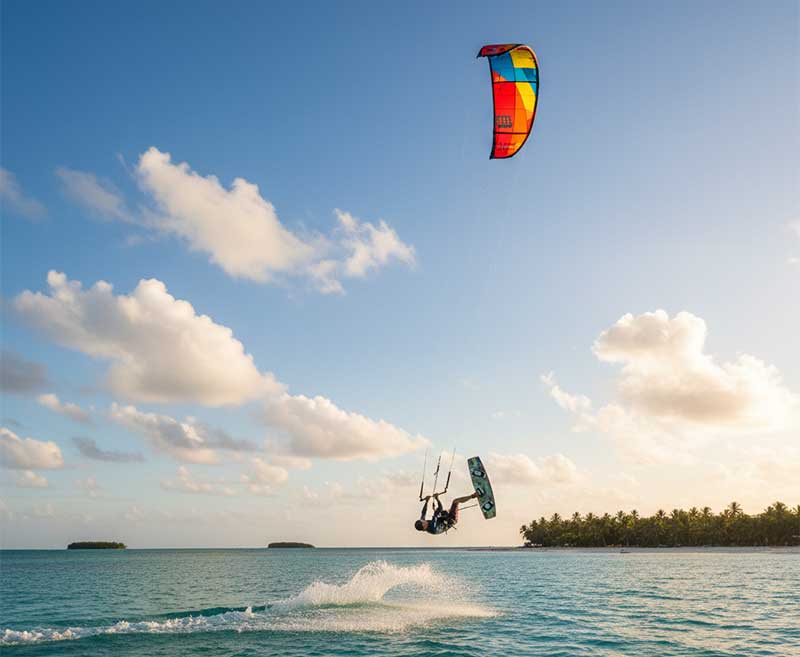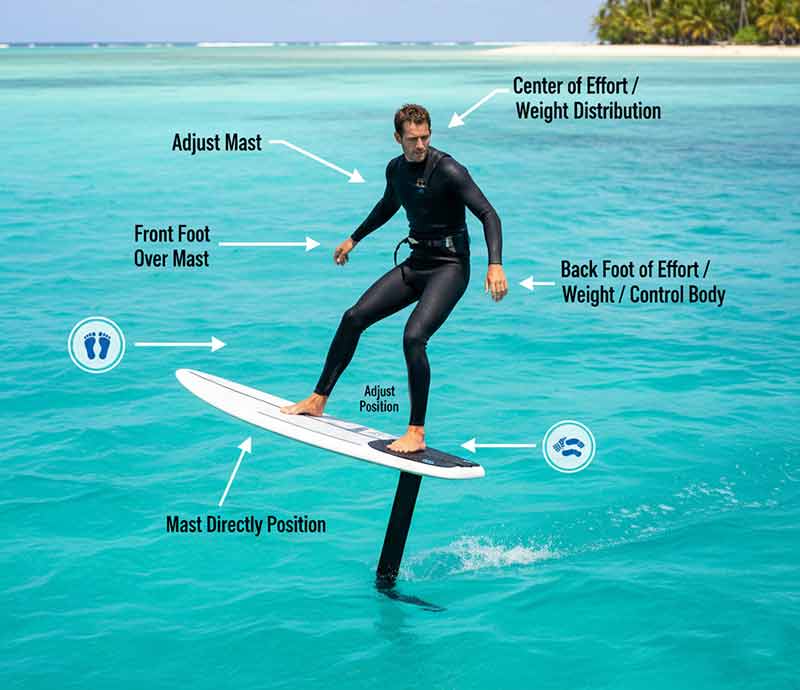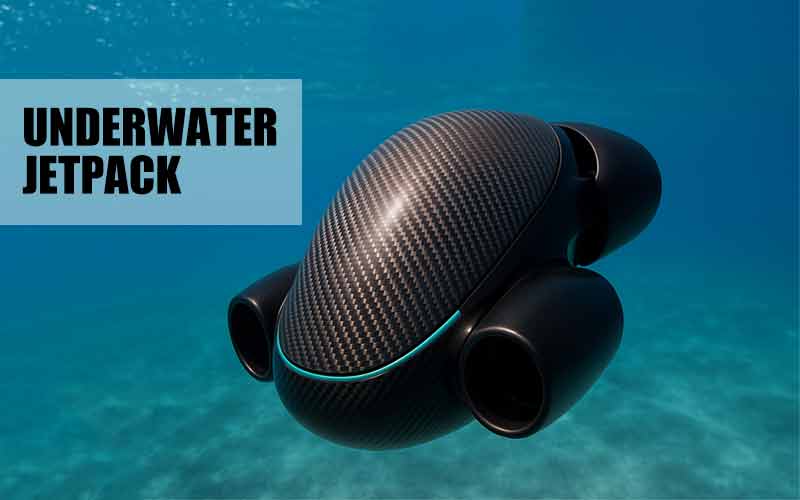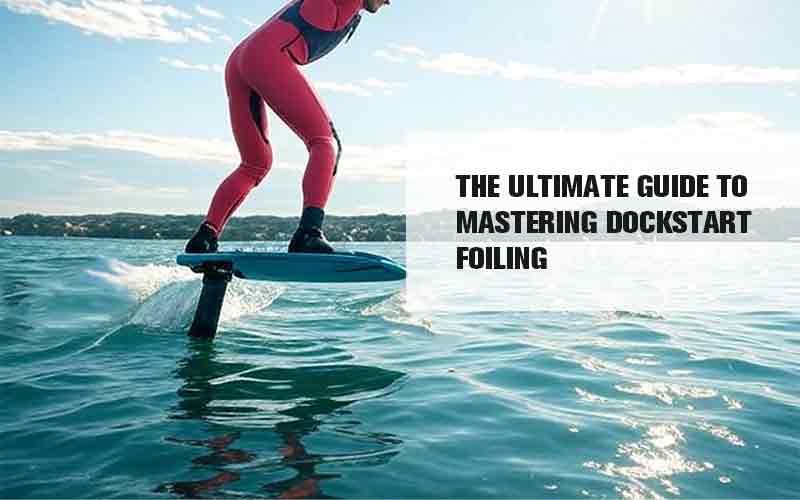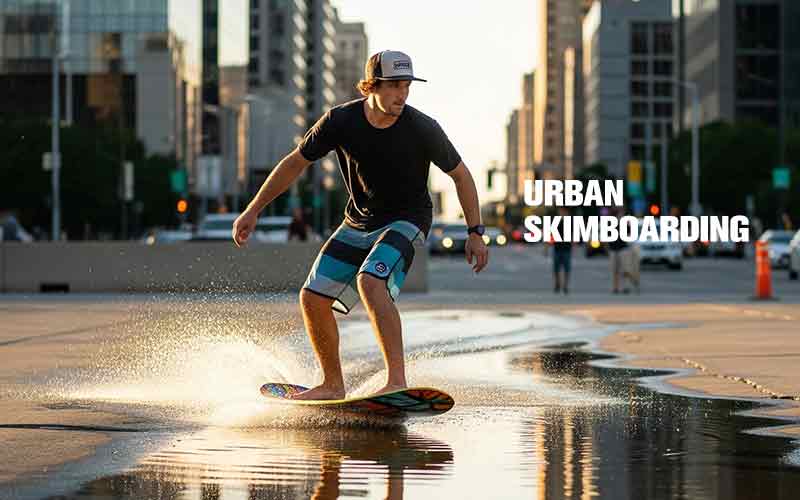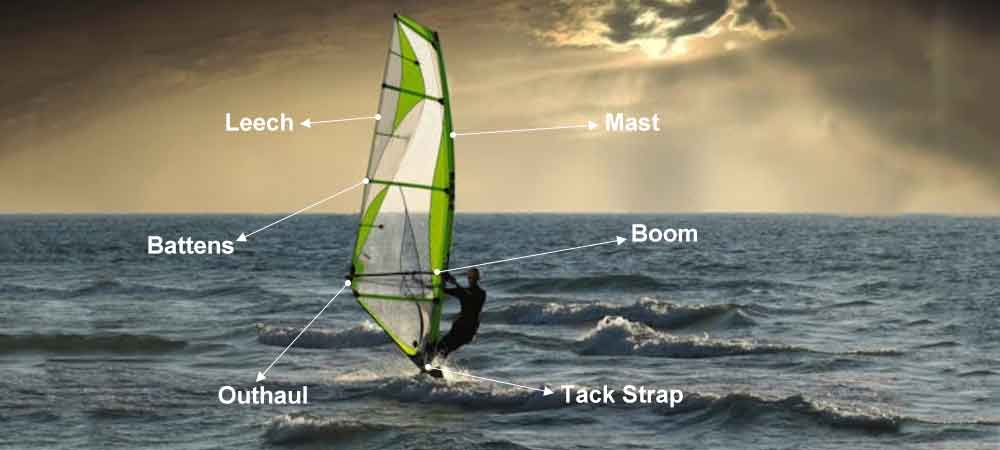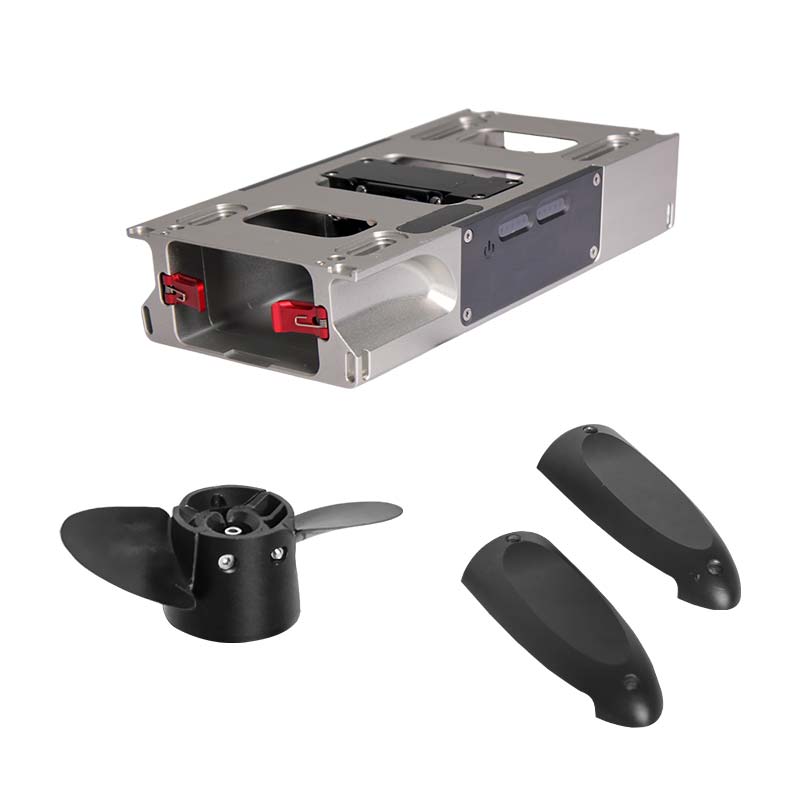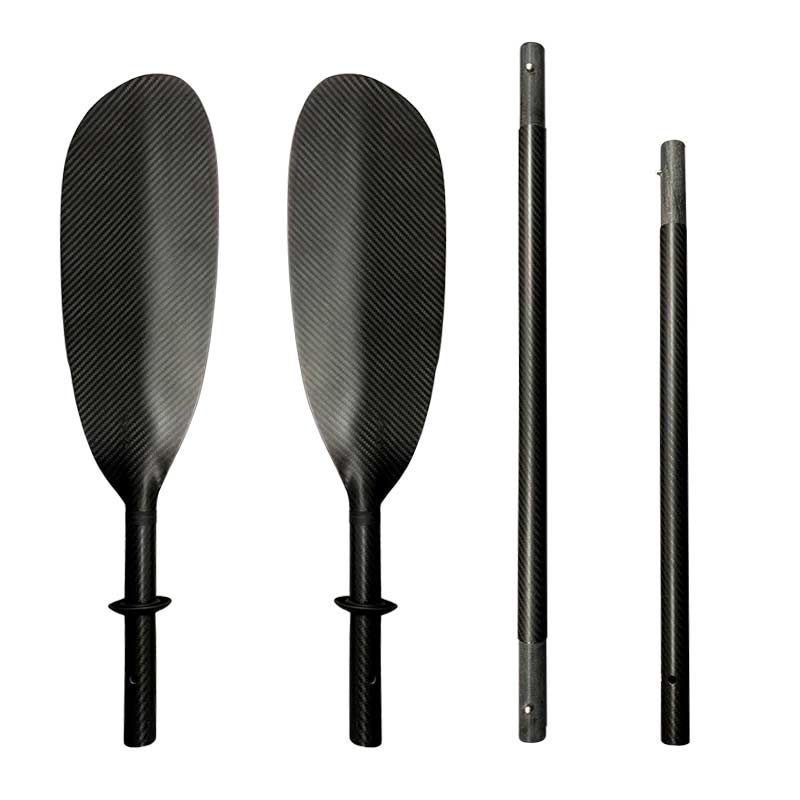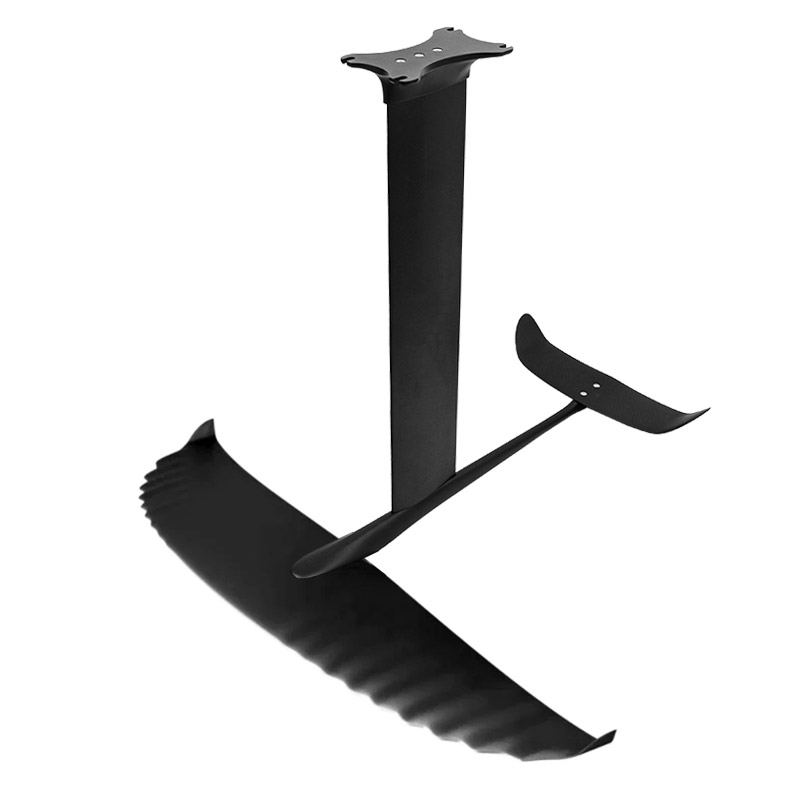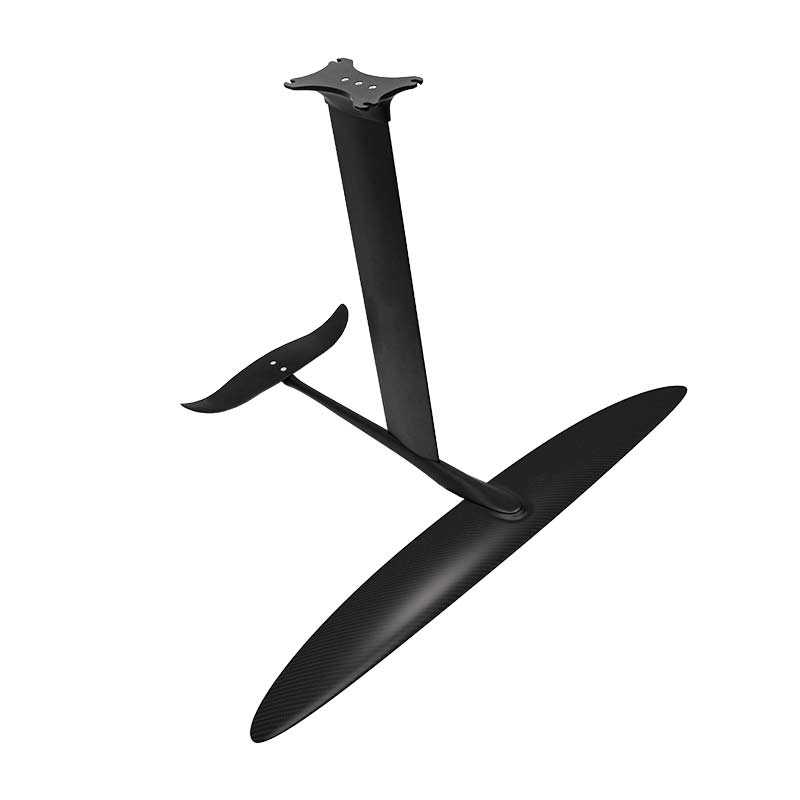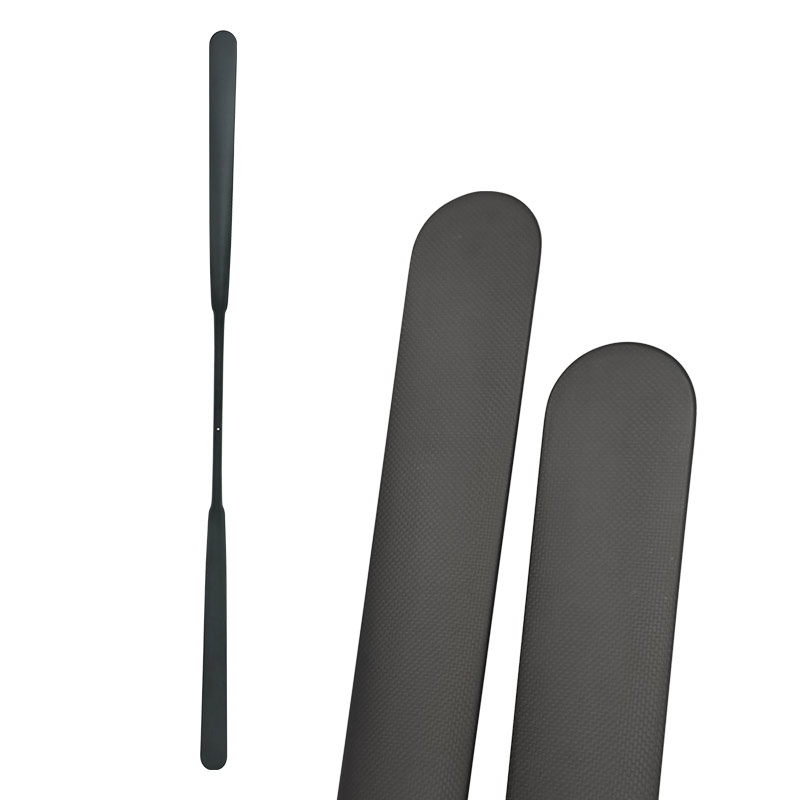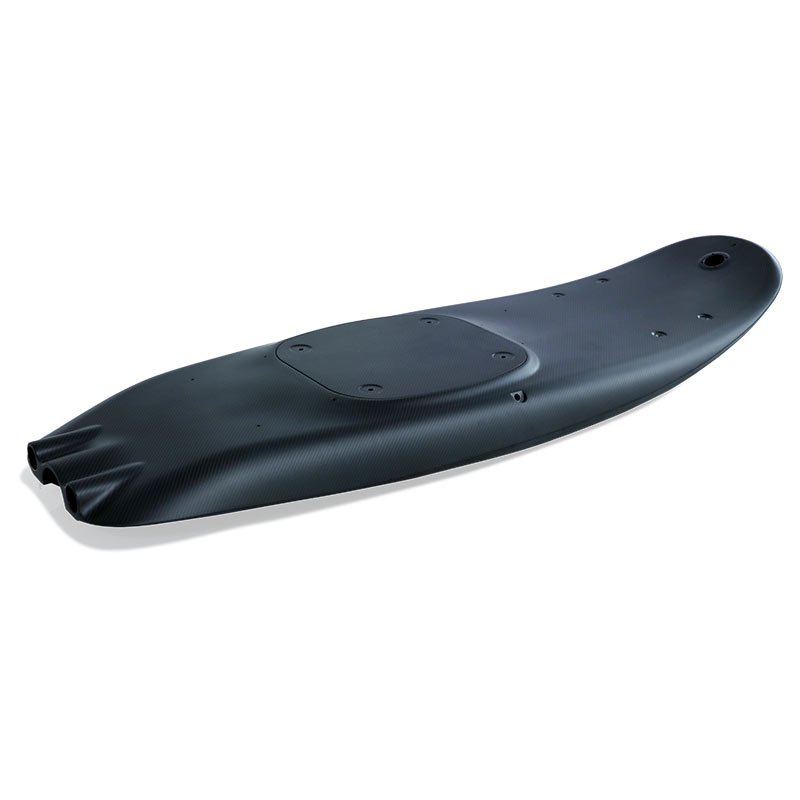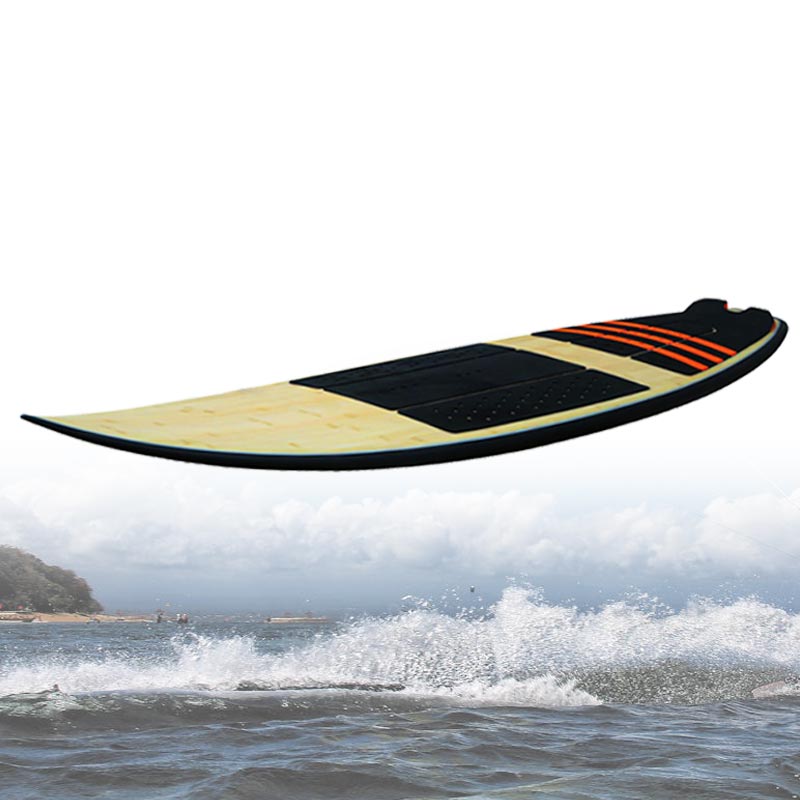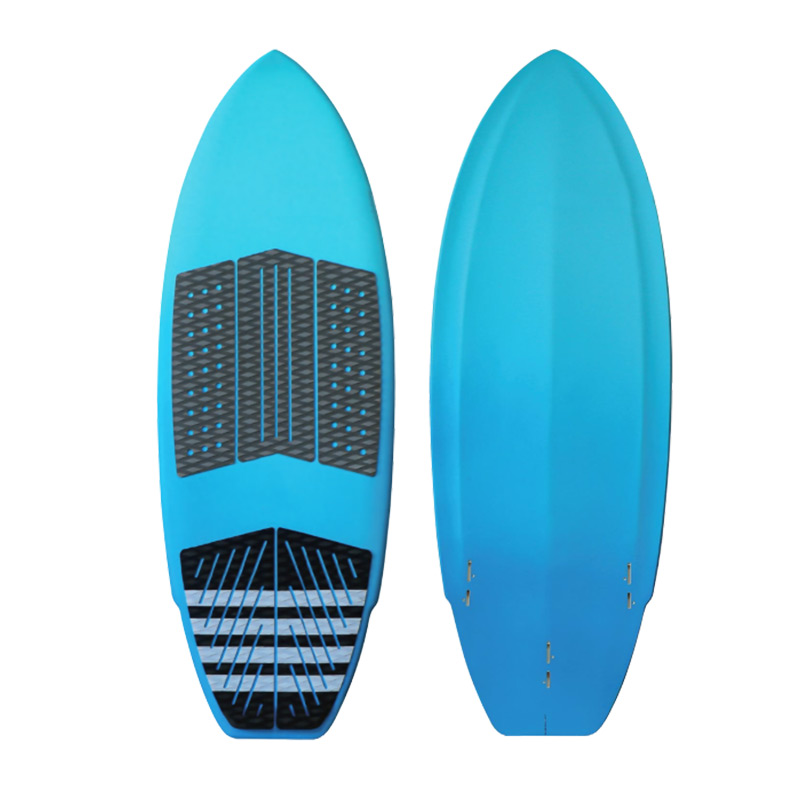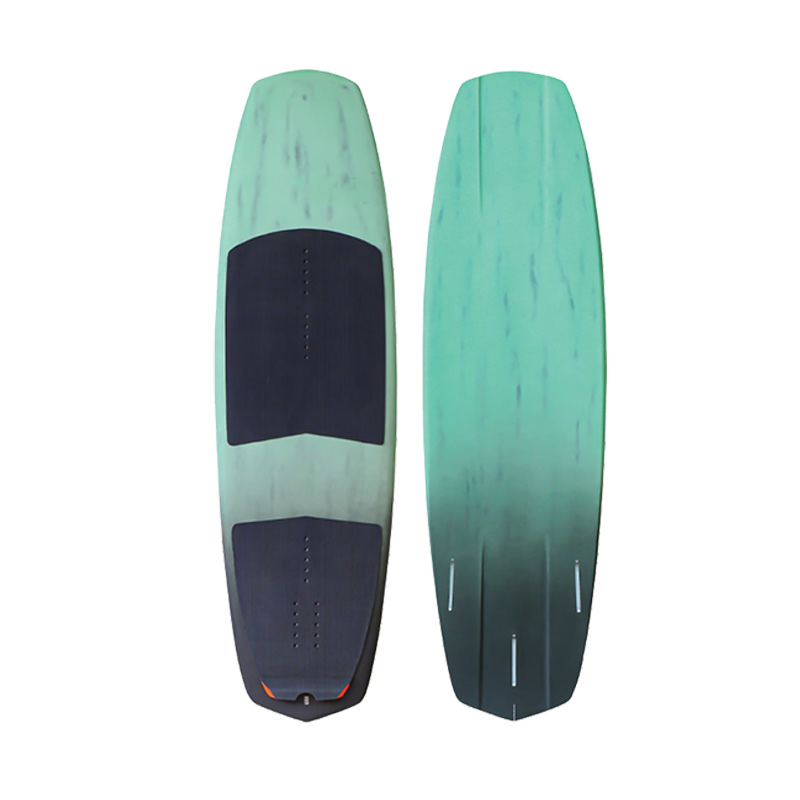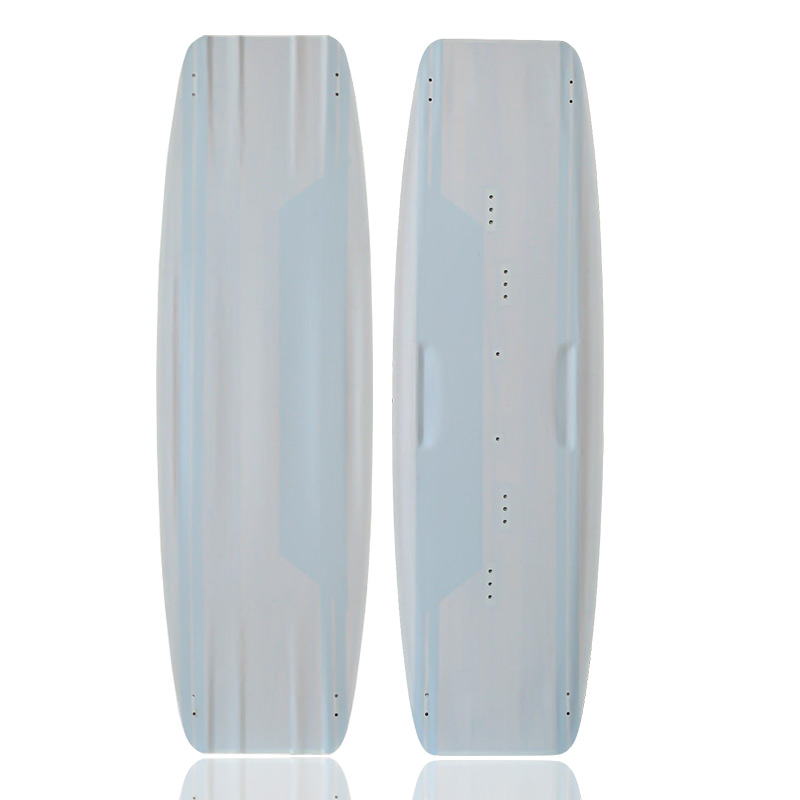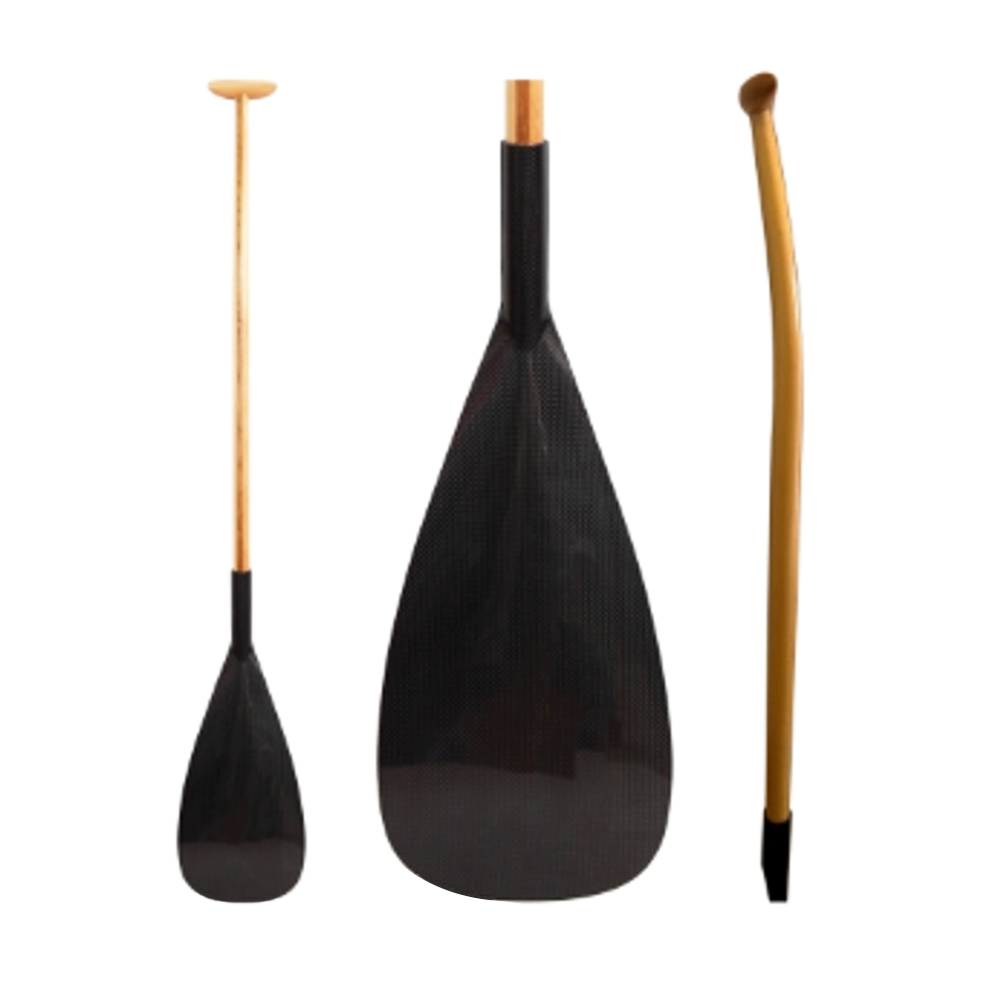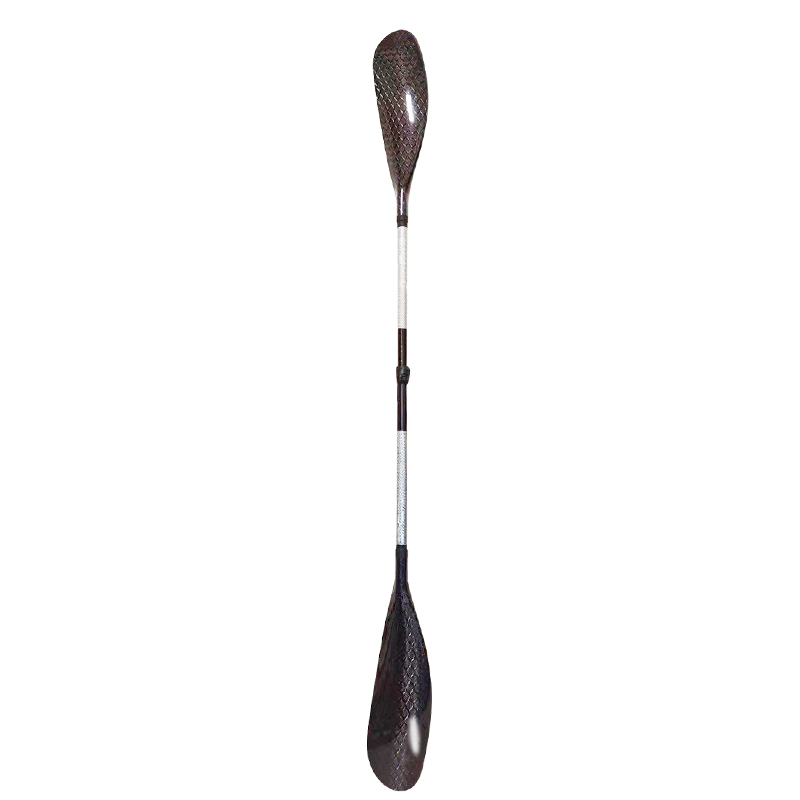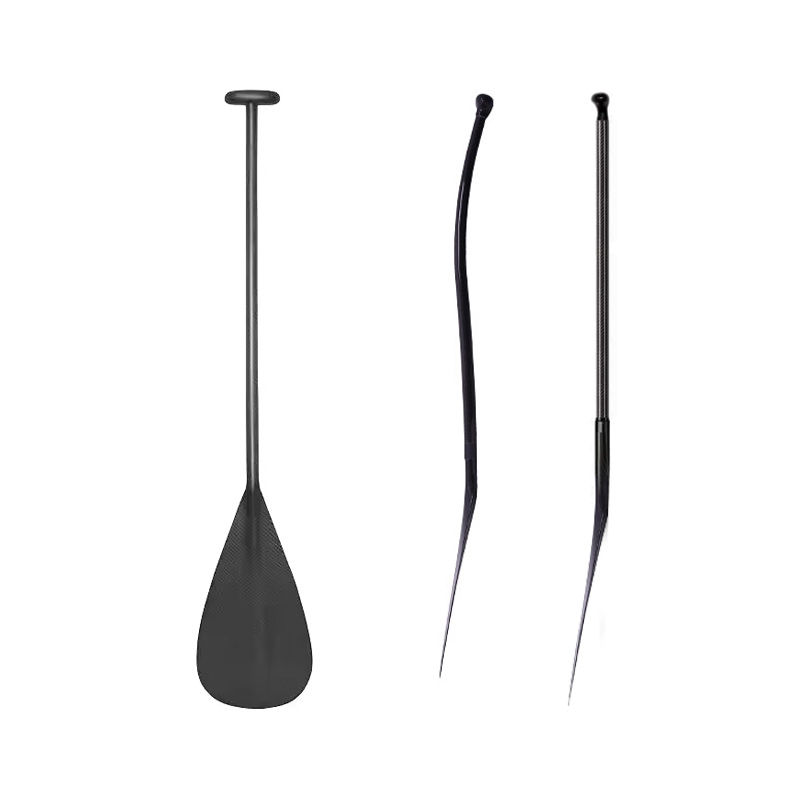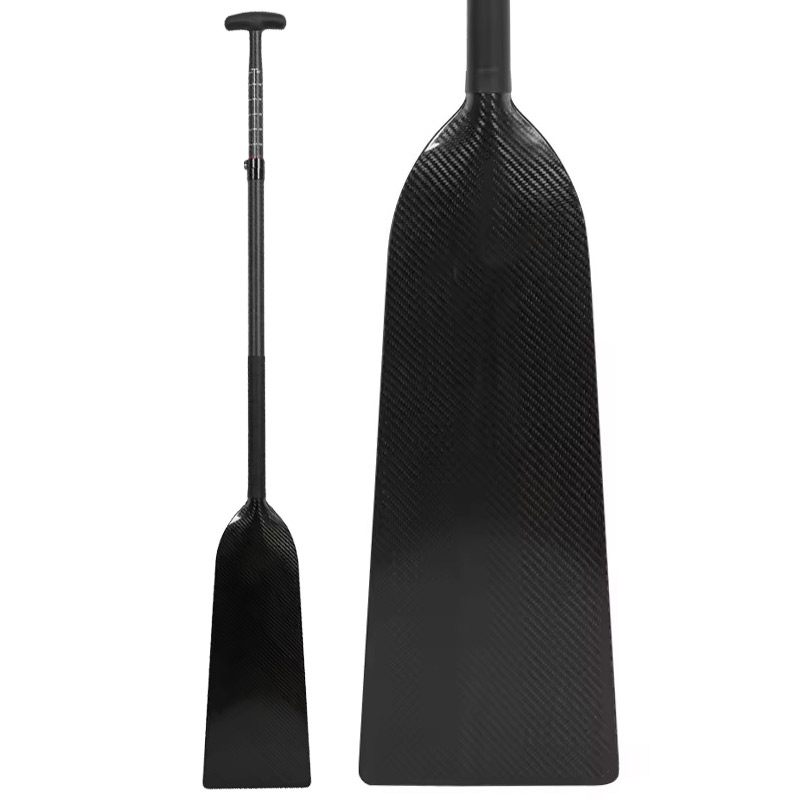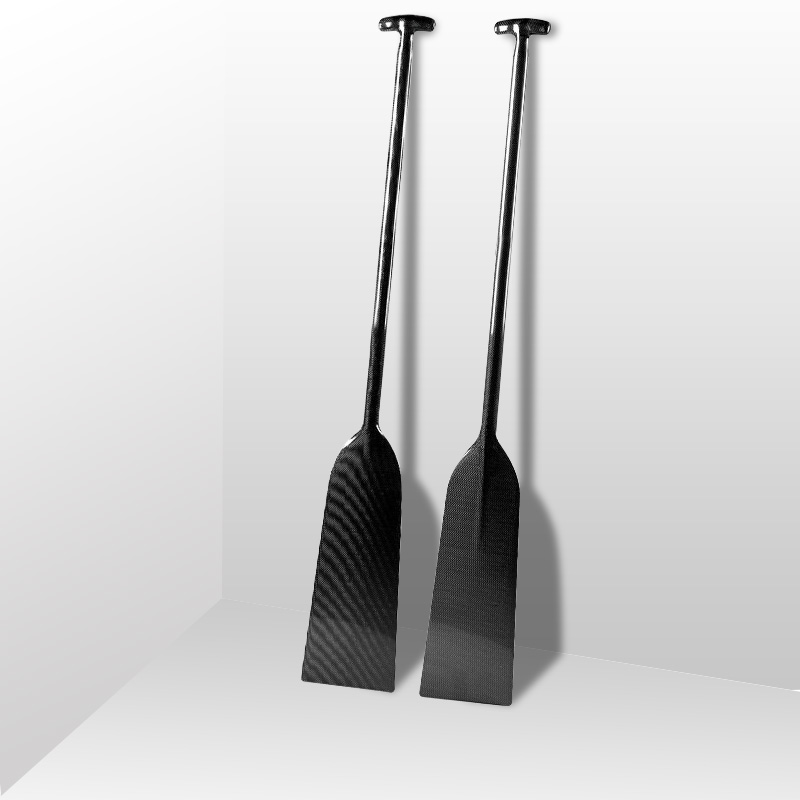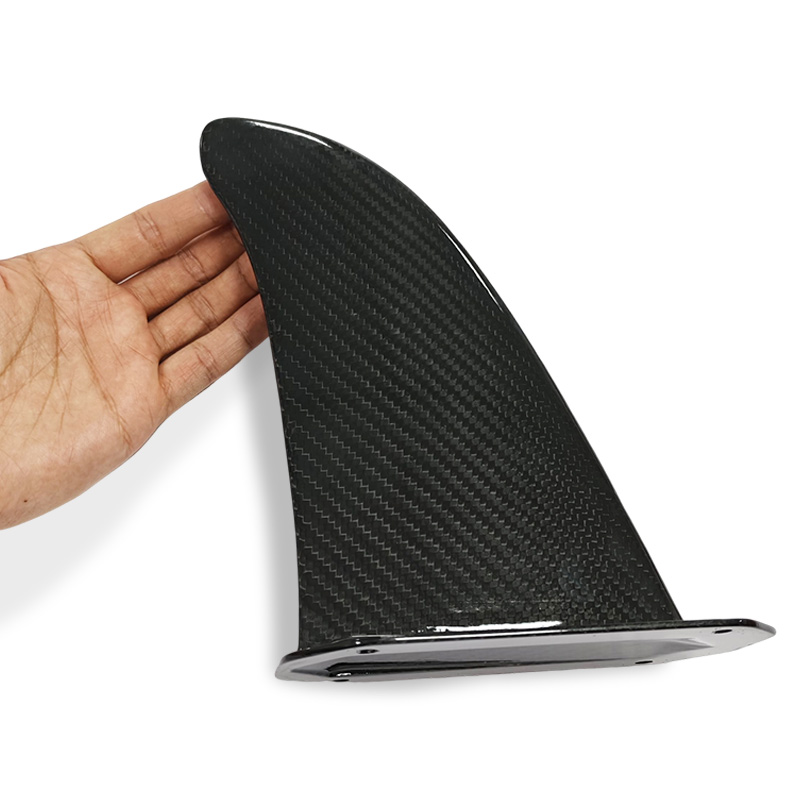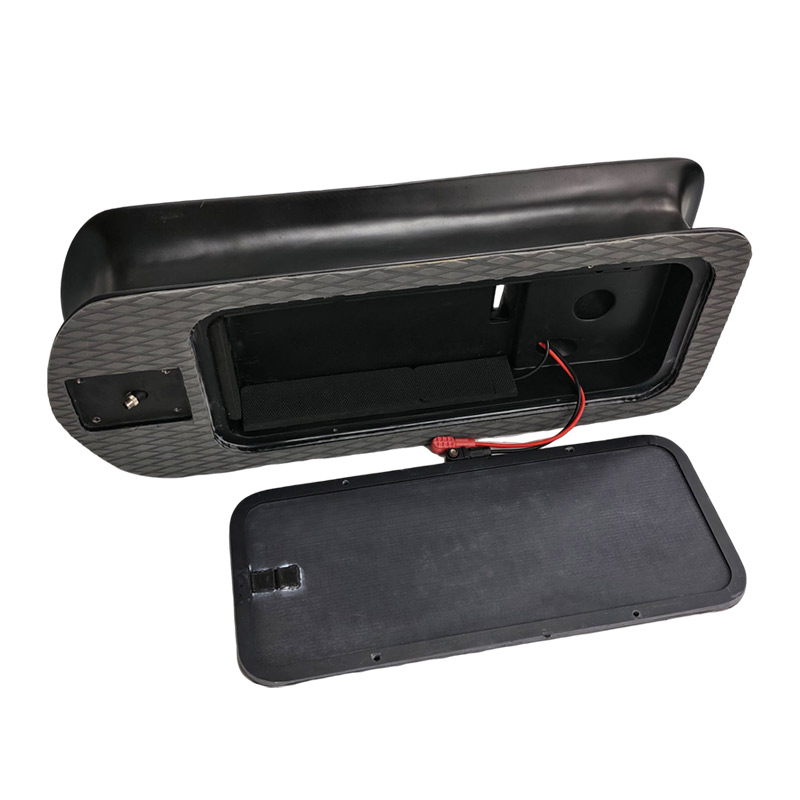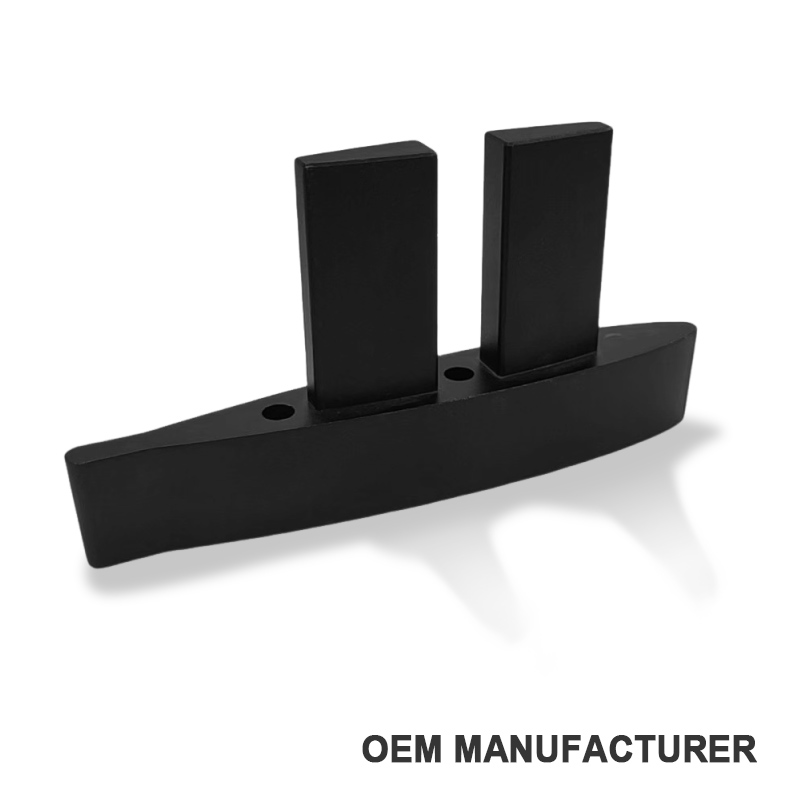The history of kayaking traces back to at least 2000 BCE, over 4000 years ago. The first kayaks were invented by the Indigenous peoples of the North Atlantic, North Pacific, and Bering Sea regions—specifically the Inuit, Yupik, and Aleut communities. These early kayaks were crafted by wrapping animal skins, such as whale or sea otter hides, around wooden or whale bone frames. The oldest known kayak is preserved at the State Museum of Munich, and the kayaks we see today have evolved from these early designs, showcasing the long-standing innovation of this ancient tradition.
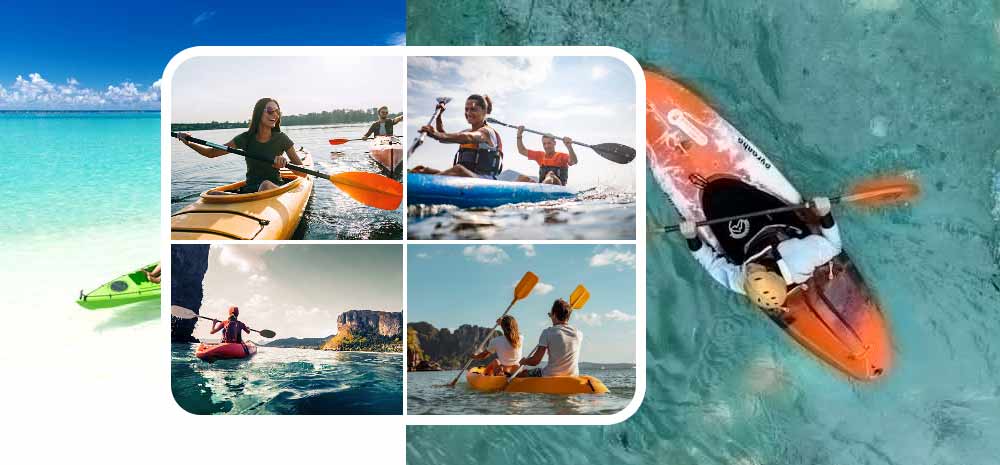
The Kayaking Sport
Kayaking is a water sport that involves paddling a small, narrow watercraft called a kayak. The kayak is typically powered by a double-bladed paddle, allowing the paddler to move through water by alternating strokes on each side of the boat. Kayaks are designed to accommodate one or two people and are used in a variety of settings, including rivers, lakes, oceans, and whitewater rapids.
Originally invented by Indigenous peoples of the Arctic, such as the Inuit, for hunting and transportation, the history of kayaking reveals its evolution into a popular recreational and competitive activity. Modern kayaking includes various styles like sea kayaking, whitewater kayaking, and kayak fishing. It can be done for leisure, exploration, fitness, or competition, with different types of kayaks suited for specific activities or water conditions.
The History of Kayaking
In some parts of the world, particularly in China, evidence of early watercraft has been found, such as remnants of dugout canoes or paddles at Neolithic sites in Zhejiang, Fujian, and Guangdong. These dugout canoes are sometimes seen as early predecessors of modern kayaks, though their direct relation to the Inuit kayak is uncertain. However, the history of kayaking shows that, originating from North America, the Inuit kayak is recognized as the true ancestor of modern kayaks.
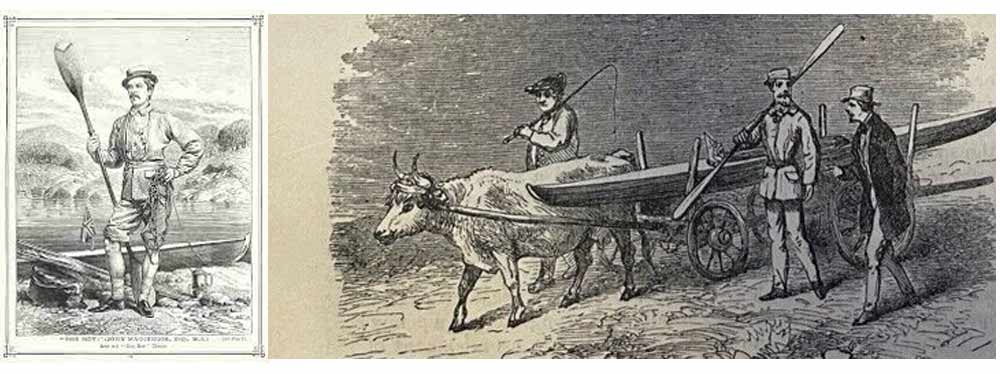
The Origin of Kayaking
The word “kayak” itself comes from the Inuit term meaning “man’s boat” or “hunter’s boat,” reflecting the male-dominated roles in traditional Inuit society. Men would craft the frame of the kayak from driftwood such as fir, pine, or spruce, shaping the structure using stone or iron tools. The skins, often sourced from seals, sea lions, or other large animals, would then be sewn and stretched over the frame by women, who also applied oils to ensure the kayak was waterproof. The entire kayak was custom-fitted to the individual hunter to maximize control and efficiency.
In addition to crafting the boat, the Inuit also developed a waterproof jacket called the Tuilik to prevent water from entering the cockpit. This garment later evolved into the spray skirt, a waterproof covering made from elastic, modern materials that seals the cockpit and improves the kayaker’s ability to remain dry while paddling.
While the history of kayaking shows how modern kayaking is primarily associated with sport and recreation, the original kayaks were highly functional tools used for hunting. Brave Inuit hunters would paddle through icy waters, using their kayaks to pursue seals and other marine animals. The History of Kayaking gave the Inuit the ability to navigate the challenging Arctic environment, becoming a symbol of their strength and resilience.
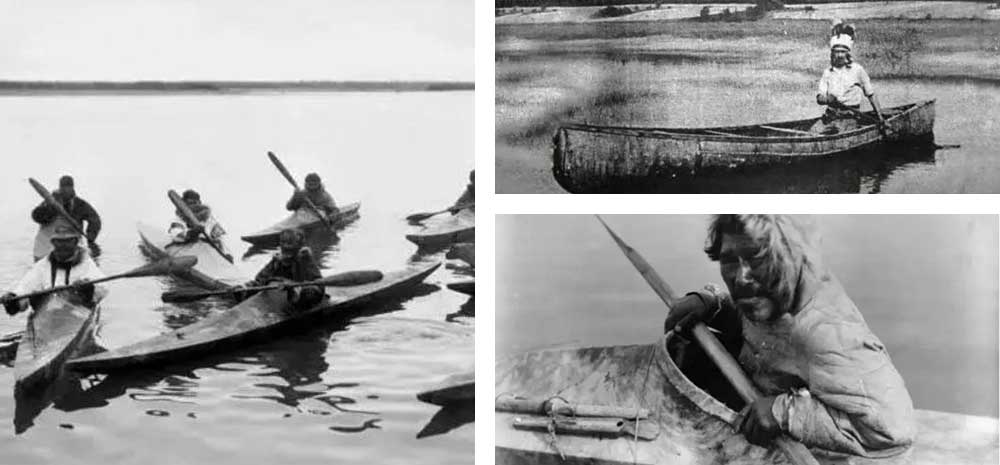
Similarly, canoeing shares its roots in hunting and fishing. The Indigenous peoples of Canada, particularly the First Nations, built canoes to hunt and fish on rivers and seas. The canoe became so closely linked to Canadian culture that it earned the nickname “the Canadian boat.” Today, the modern canoe is a refined version of this early vessel, often referred to as a Canoe.
The Modern Kayaking Sport
The modern kayaking sport emerged in 1865 when Scottish explorer John MacGregor designed the “Rob Roy Canoe,” a 4.57-meter-long, 0.76-meter-wide vessel weighing approximately 30 kilograms. MacGregor used the canoe to travel through Europe between 1865 and 1867, and he is often considered the father of modern kayaking. His influence on the history of kayaking is significant, as in 1866, he published A Thousand Miles in the Rob Roy Canoe, promoting the idea that “a canoe can be paddled, sailed, hauled, or carried over land or water,” inspiring widespread interest in the activity. MacGregor went on to found the Royal Canoe Club in 1867 and organized the first-ever kayak race. This is one of the developmental history of kayaking.
By the late 19th century, kayaking gained popularity across Europe. In 1924, Denmark, Sweden, France, and Austria founded the International Canoe Federation in Copenhagen. That same year, canoeing was featured as a demonstration sport at the 8th Olympic Games. By 1936, at the 11th Olympics, kayaking was officially recognized as an Olympic event with nine competition categories. Today, the Olympics feature 12 kayaking events, marking a pinnacle moment in the history of kayaking, and the sport continues to evolve.
Although the history of kayaking might seem distant to many due to geographic and equipment limitations, it has been growing in popularity around the world. Efforts are being made to introduce kayaking to younger generations, encouraging them to experience the beauty and thrill of this ancient yet evolving sport.

Conclusion
In conclusion, the history of kayaking reflects a long and fascinating journey from its origins with the Inuit people to its modern-day role as a popular sport and recreational activity. What began as a functional tool for hunting in harsh environments has evolved into an internationally recognized sport, embraced for both adventure and competition. Though kayaking has undergone significant transformation in terms of materials and usage, its core design and purpose—navigating waterways with skill and precision—remain intact. As kayaking continues to gain global popularity, its rich heritage serves as a reminder of the deep connection between humans and the water.
Unity Sports as a composite surfing product manufacturer, we can produce various of products, like the carbon fiber kayka paddle, kayak, surfboard, hydrofoil, etc. Welcome to contact for the production service if you are interested. Thank you.

